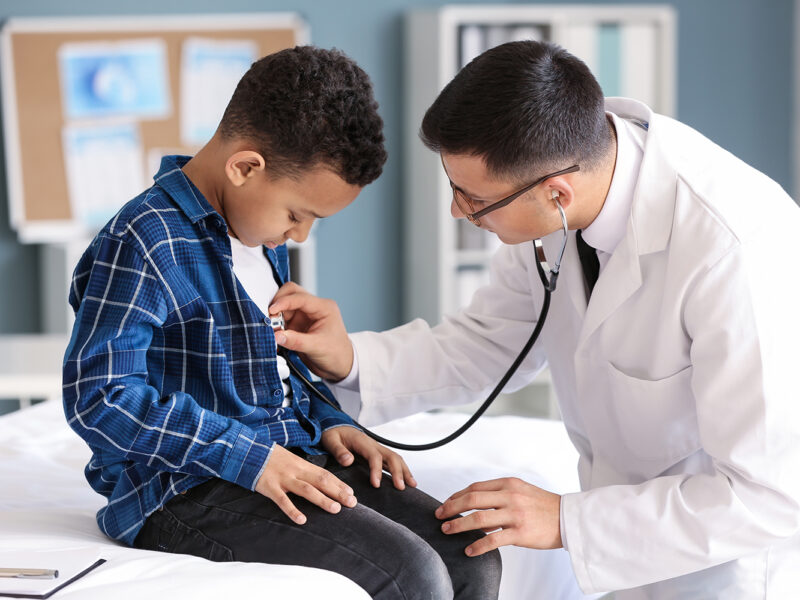Speedy Development of Support Programs for Second Victims Demands Collaboration
Speedy Development of Support Programs for Second Victims Demands Collaboration https://pediatricsnationwide.org/wp-content/themes/corpus/images/empty/thumbnail.jpg 150 150 John Hofmeister John Hofmeister https://secure.gravatar.com/avatar/82fe09eec77ef3f5e5da4e4eaf017d96?s=96&d=mm&r=g- October 03, 2017
- John Hofmeister
Openly sharing research and resources results in rapid development and growth of peer program for health care workers experiencing second victim phenomena.
A career in health care brings many rewards — but it also puts its practitioners at risk for depression, anxiety, shame or career burnout whenever a medical error occurs or a patient experiences an adverse outcome. Widely referred to as the second victim phenomena, these events can even lead to cases of career abandonment or suicidal ideation. But ongoing efforts to expand awareness and develop means to combat second victim phenomena are the subject of a recent publication in Pediatric Quality and Safety.
Its primary author, Jenna Merandi, PharmD, MS, CPPS, medication safety manager, Pharmacy Administration at Nationwide Children’s Hospital, saw the need to address this issue and uncover ways to provide relief to second victims. Through literature searches and collaborative encounters with other health care providers, her team learned about a second victim peer support program, known as the forYOU Team, initiated by Susan Scott, PhD, RN, CPPS, FAAN manager of Patient Safety and Risk Management at the University of Missouri Health Care System (MUHC) in Columbia, Missouri.
Dr. Merandi realized that by collaborating with MUHC, her team could adapt several proven processes to meet Nationwide Children’s unique needs. According to Dr. Scott of MUHC, “it took us over 3 years to define the second victim experience and deploy a supportive network. We conducted clinician interviews and analyzed their insights. Then, we had to do more research with focus groups to develop a basic model that defined supportive interventions.”
Through open sharing of research and resources, Dr. Scott’s team offered a way to dramatically shorten the time needed to establish a peer-support program.
“At the outset, hospitals have to identify an executive sponsor — someone who can continue to communicate with senior administration and advocate for having a program like this,” notes Dr. Merandi. “You also need individuals who are truly passionate and want to be there and do the work.”
By following the Missouri Health Care model, Nationwide Children’s was able to move quickly to put a program in place. It began with a pilot study in 2013 aimed at the Pharmacy Department, where, according to Dr. Merandi, “we knew that medication errors do have an emotional impact on the staff involved.” The pilot’s success led to a hospital-wide expansion of the program. Today, Nationwide Children’s has trained more than 600 peer supporters, making it one of the largest second-victim programs in the country.
It’s clear these programs succeed because they are peer-based interventions. The study revealed that the majority of second victims are identified by peers, rather than by the second victim him or herself. “The research shows that peers are what people really want and desire,” says Dr. Scott.
Both Drs. Merandi and Scott view collaboration as key to making these programs a standard of care. “We were able to learn from another institution and then make the program work for us,” says Dr. Merandi. “It would likely speed up the process for other hospitals.”
According to Dr. Scott, “If you take a framework and use the resources that are available to you, you could have something in place in 6 months. In health care we have staff hurting everywhere. So we really need to figure out what can we do tomorrow to help them.”
That’s why the team outlined the road map in their recent publication.
“We work in a difficult environment,” adds Dr. Merandi. “Health care workers face harsh realities on a daily basis, and it’s our job to keep them safe in order to keep our patients safe.”
Reference:
Merandi J, Liao N, Lewe D, Morvay S, Stewart B, Catt C, Scott SD. Deployment of a Second Victim Peer Support Program: A Replication Study. Pediatric Quality and Safety. 2017;2:e031.
- Posted In:
- In Brief





